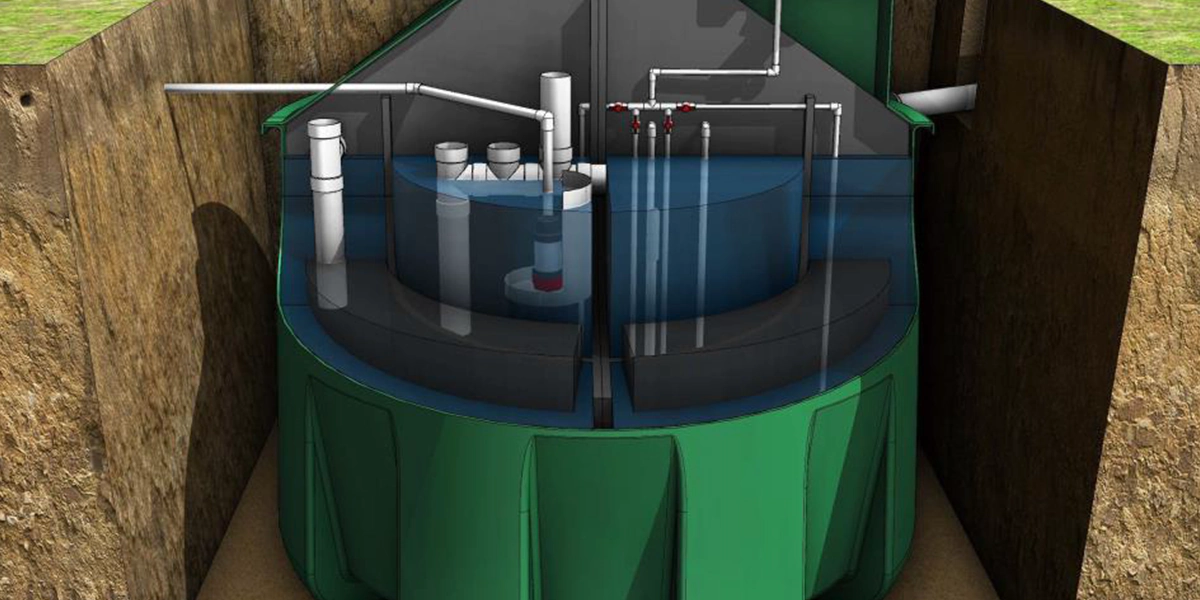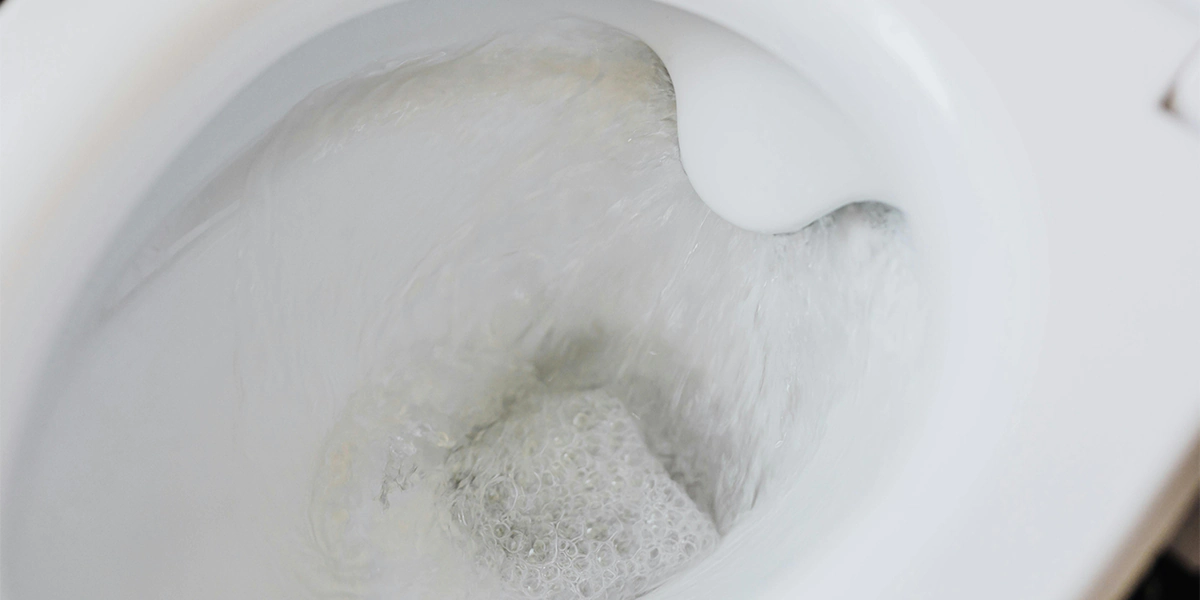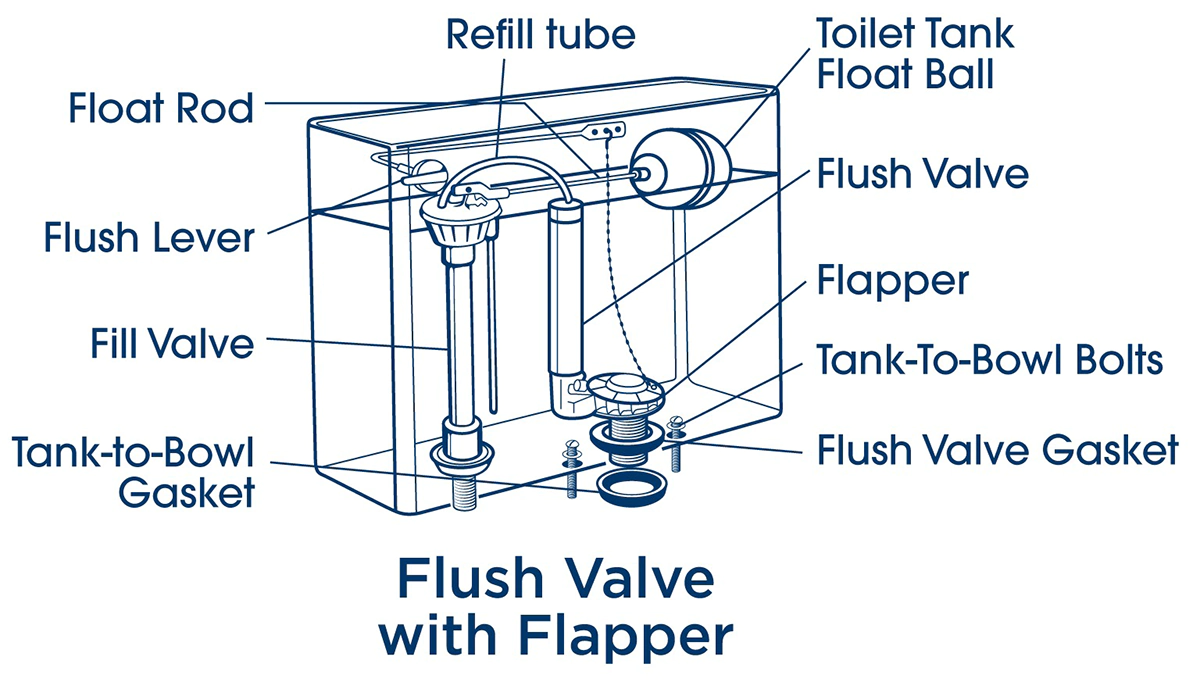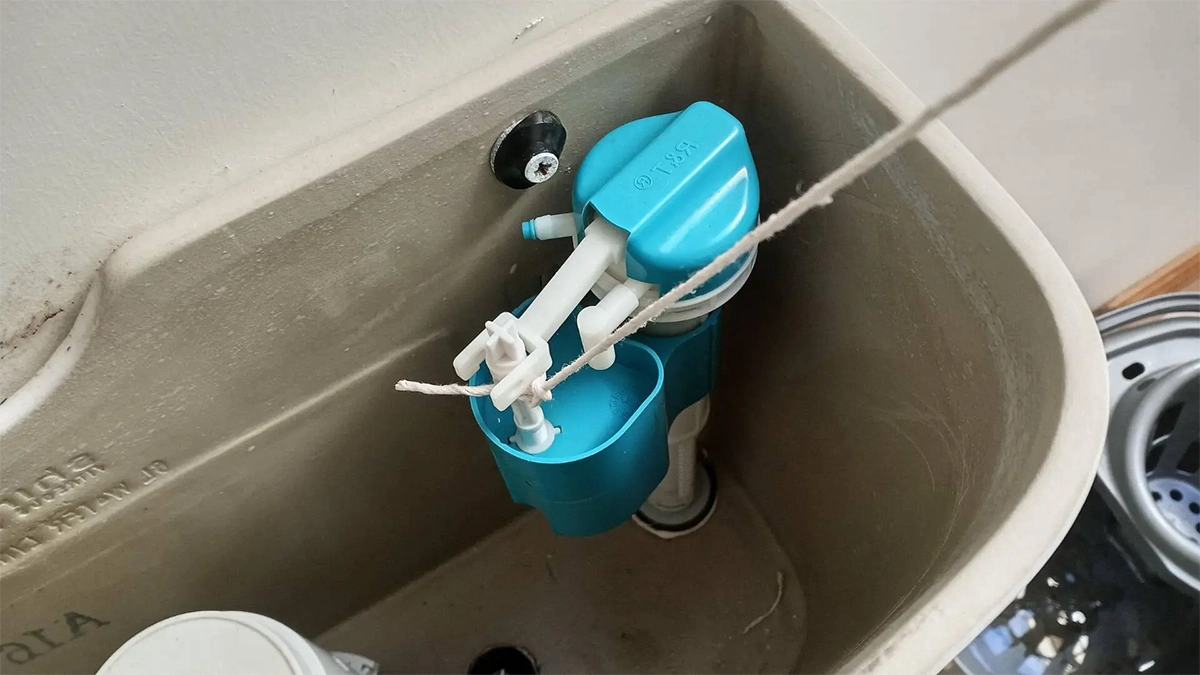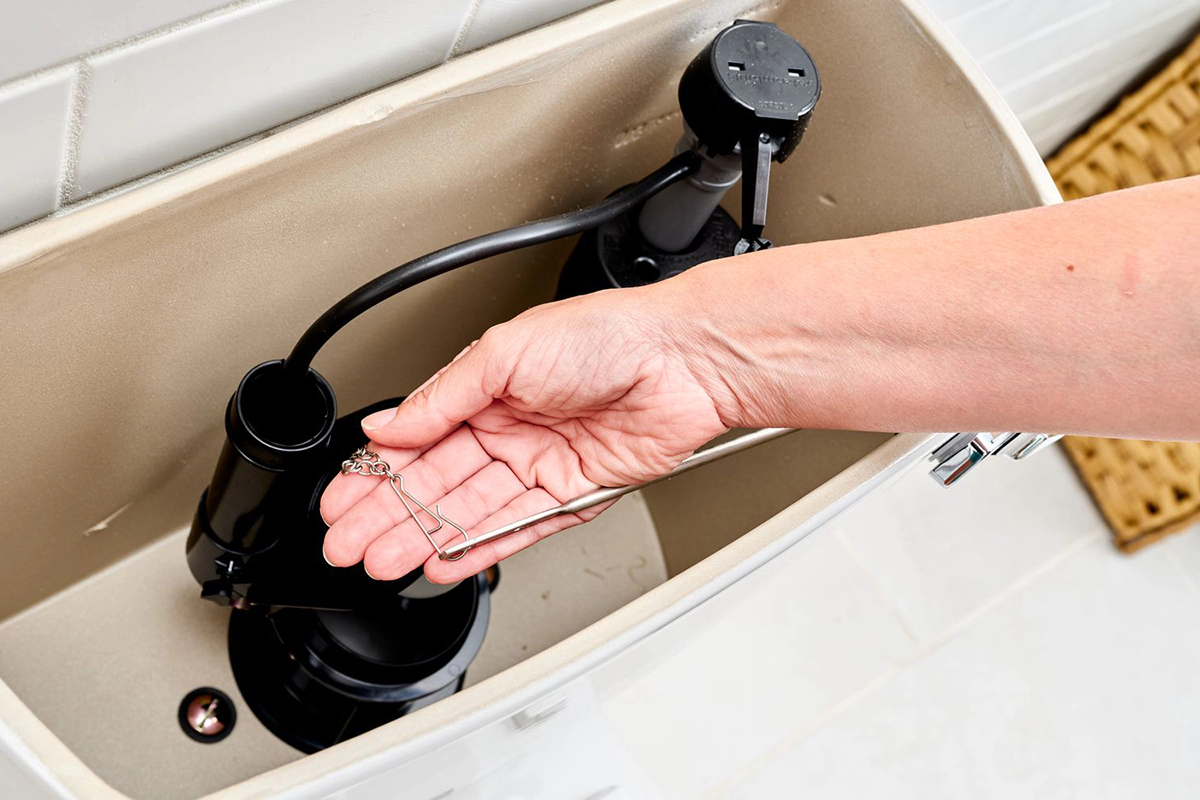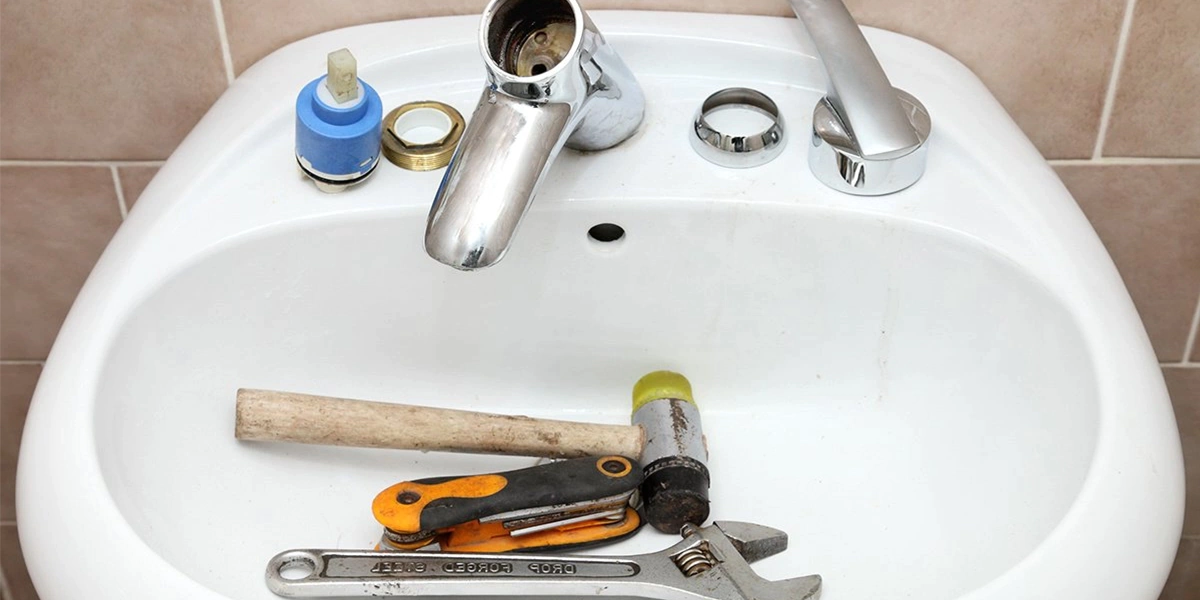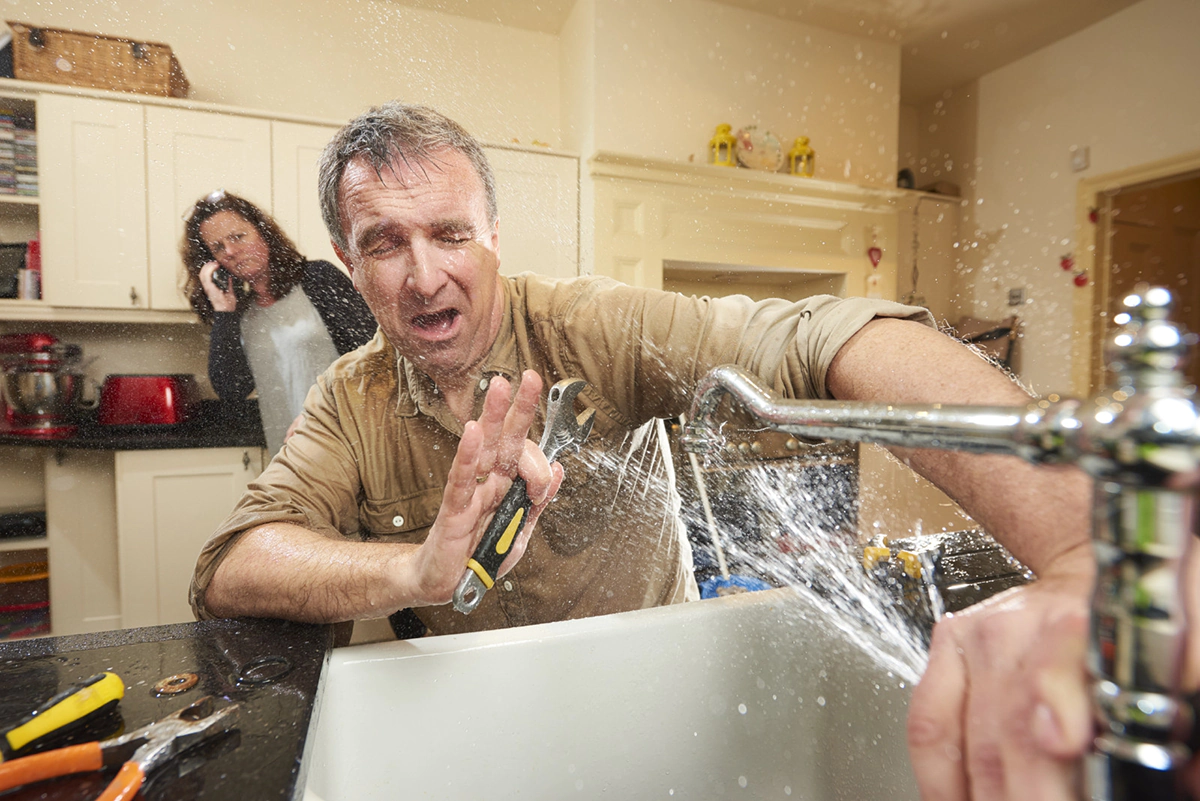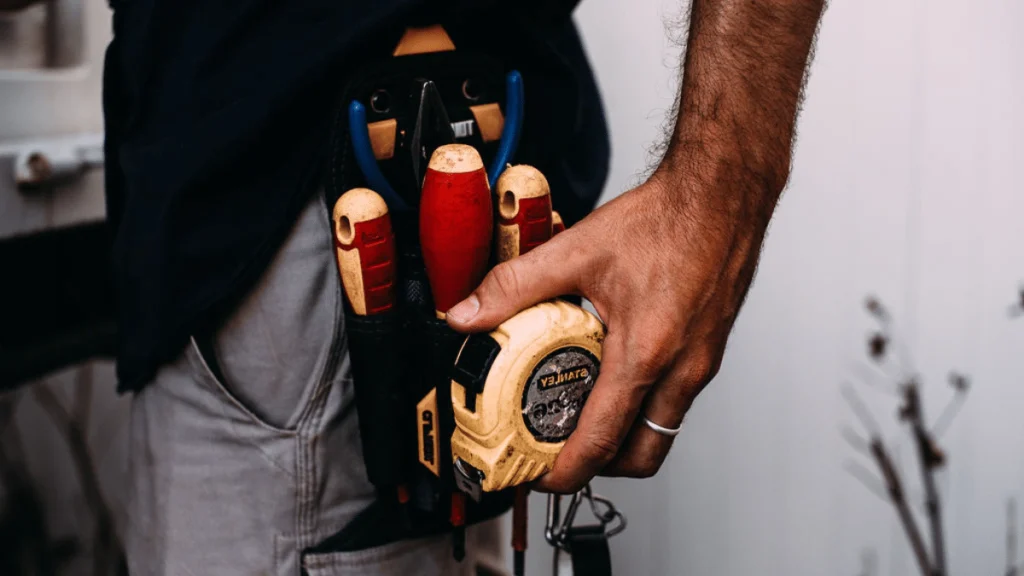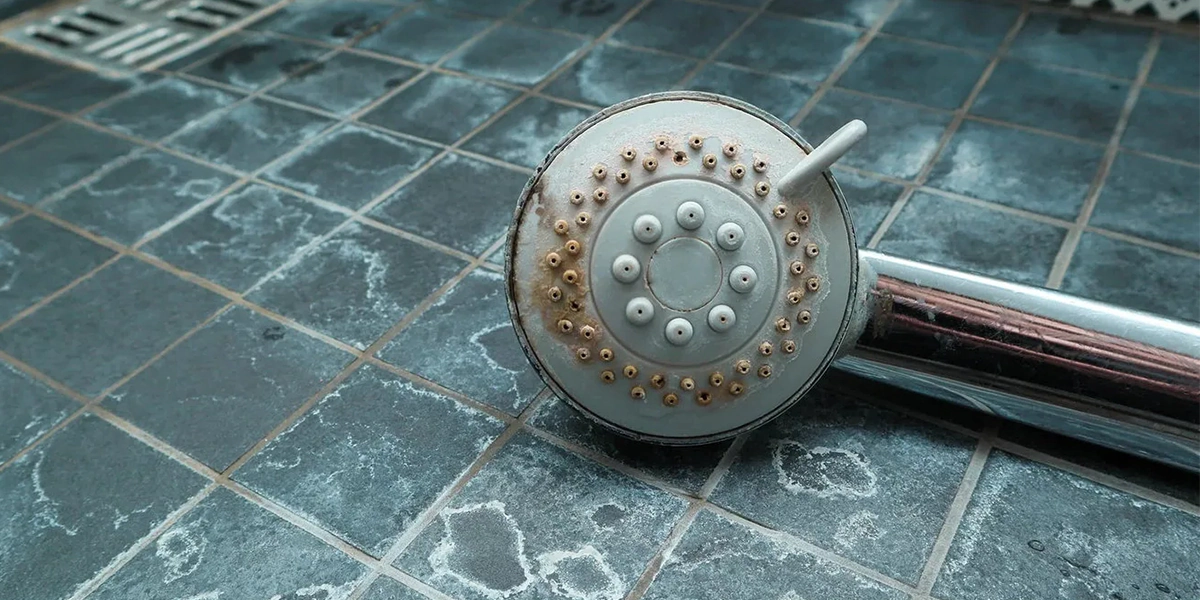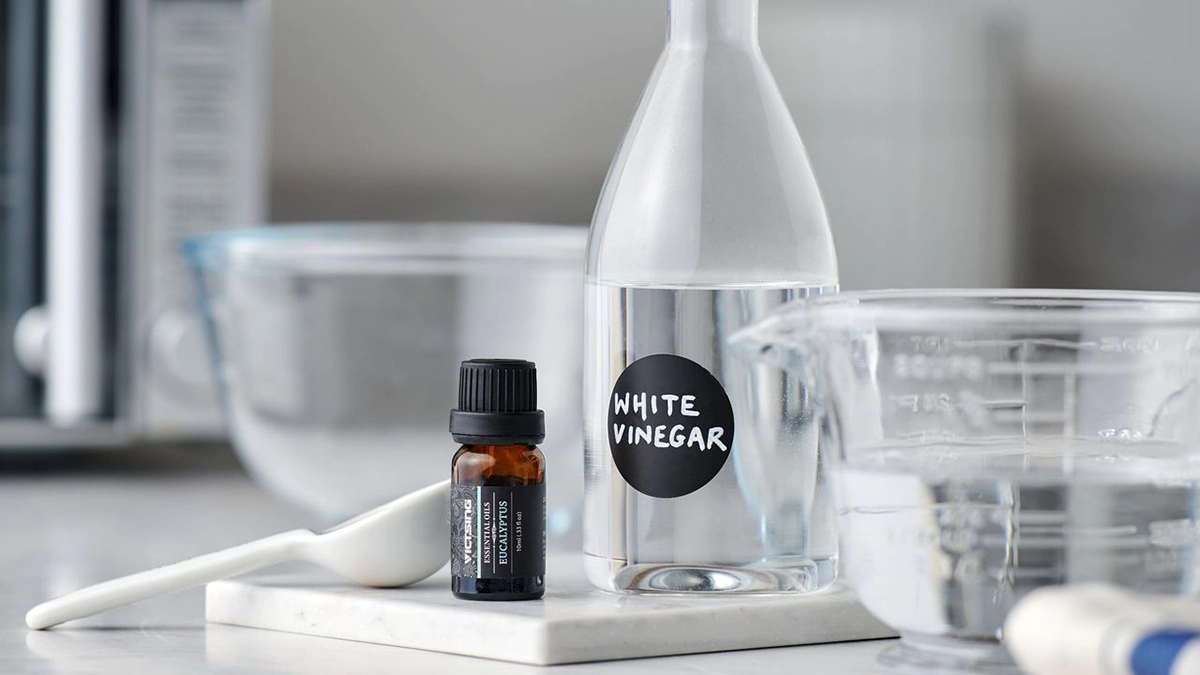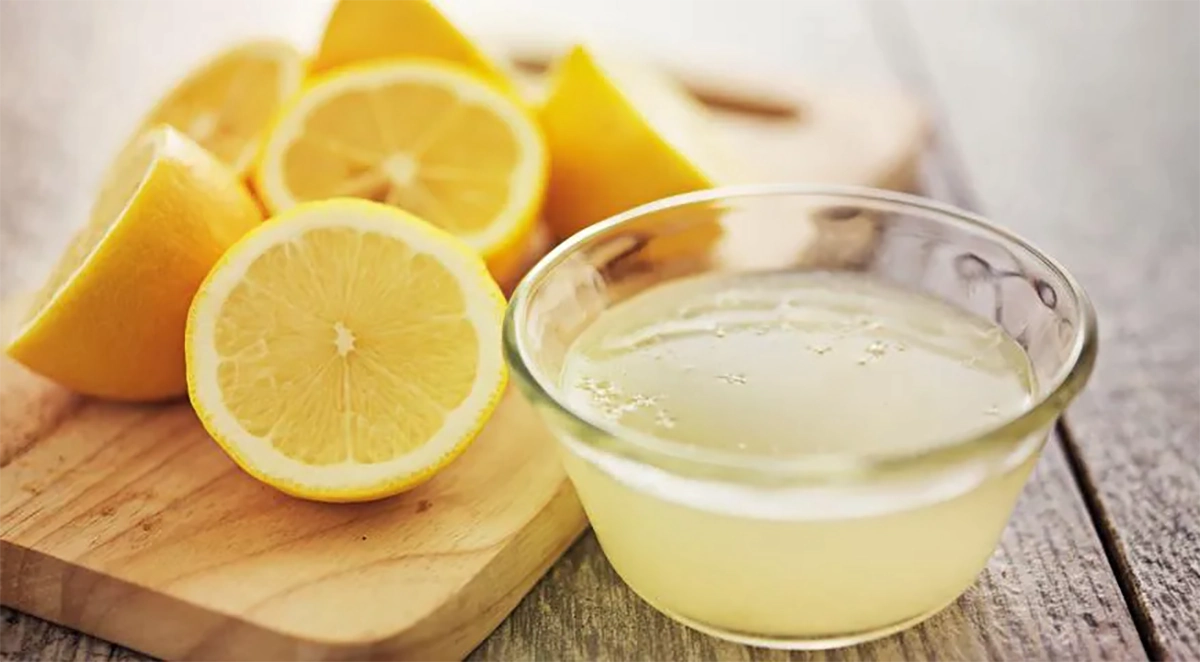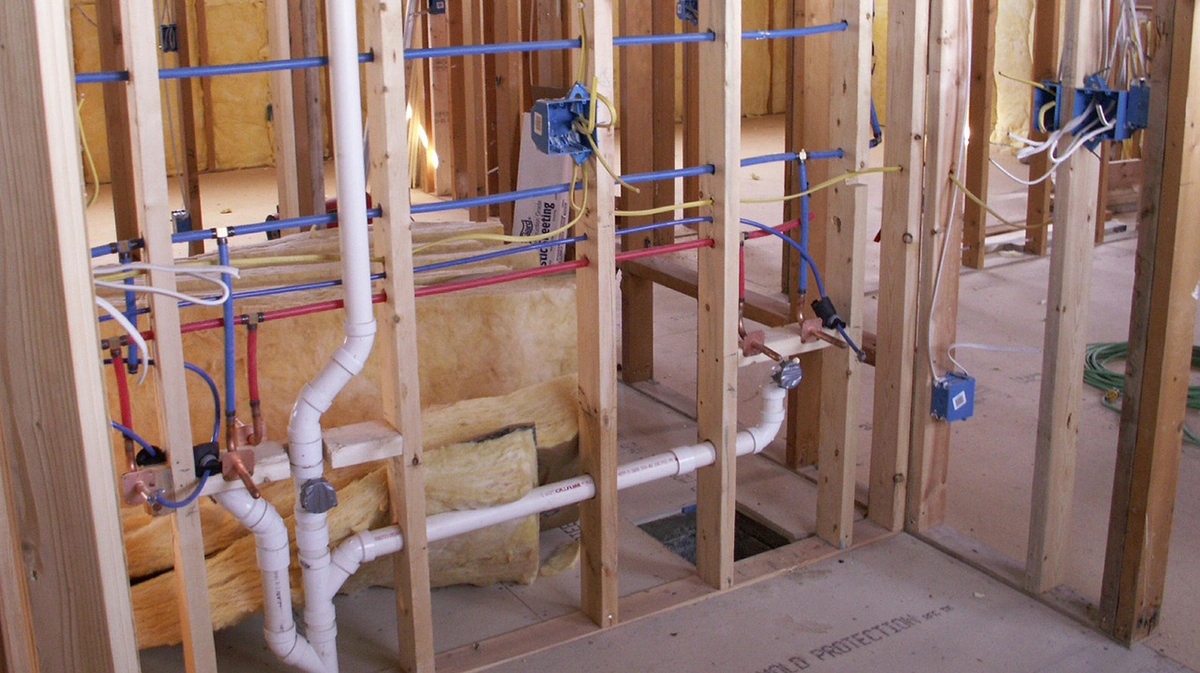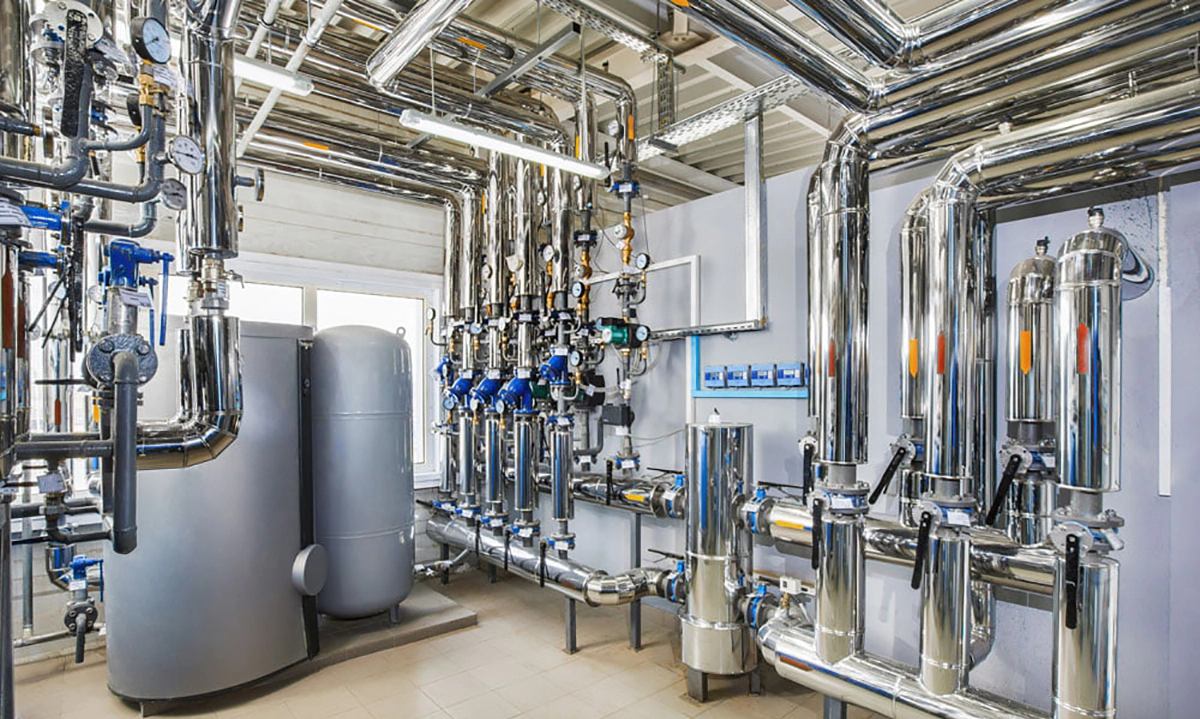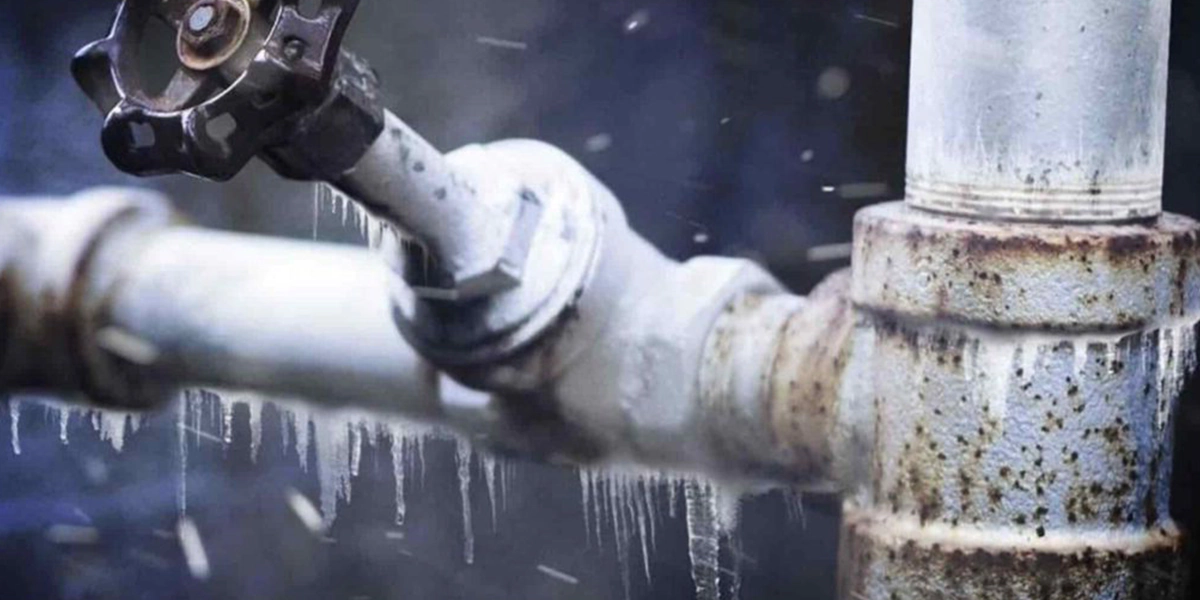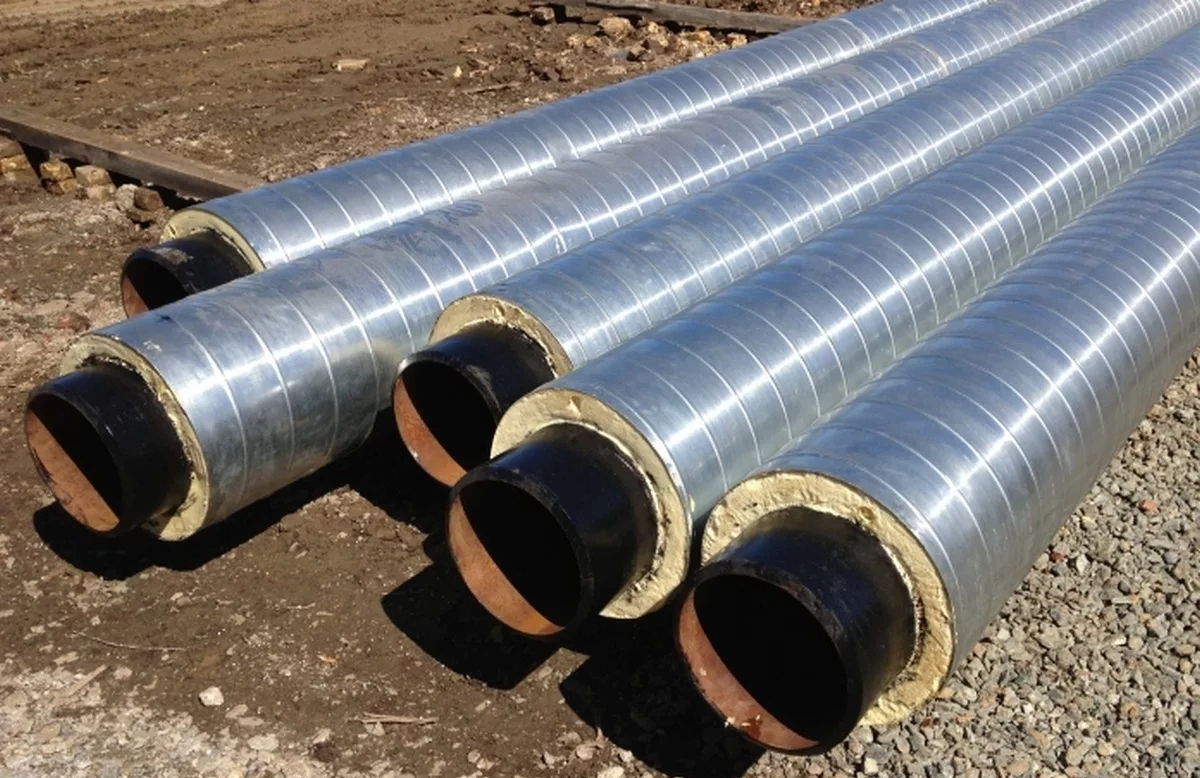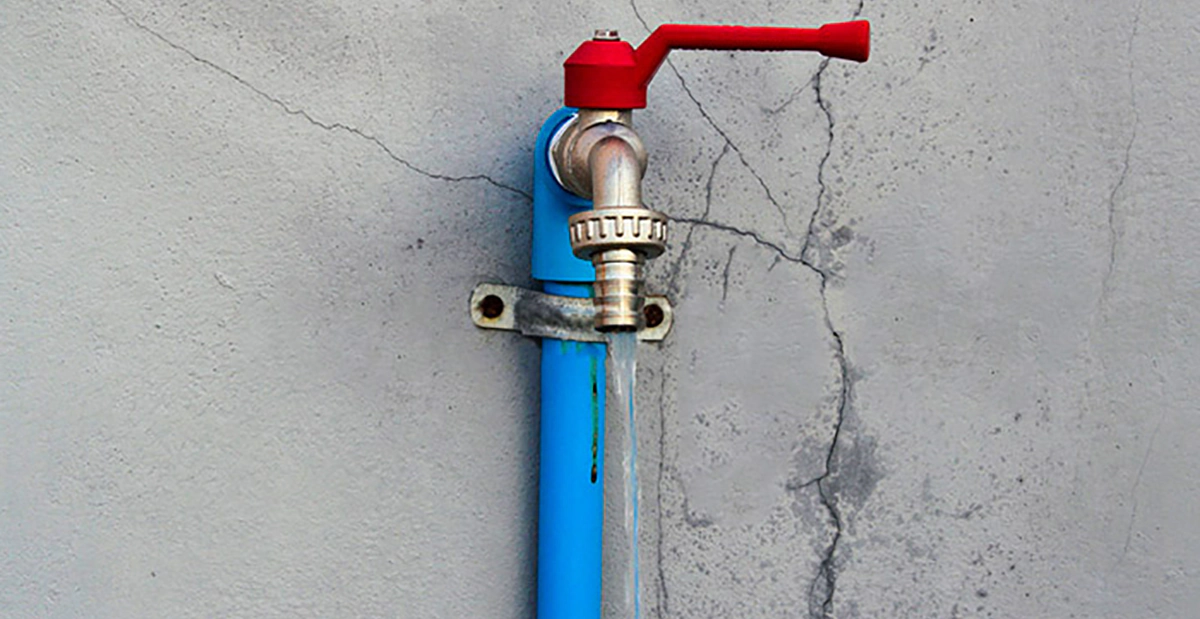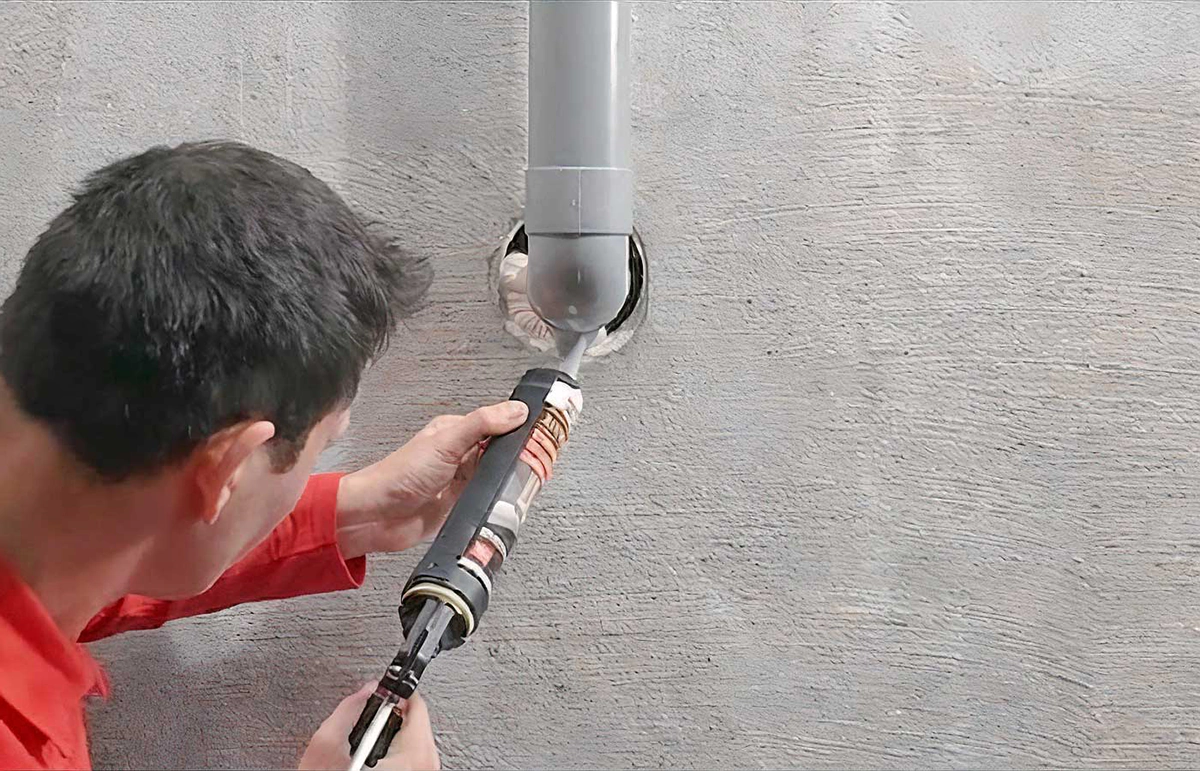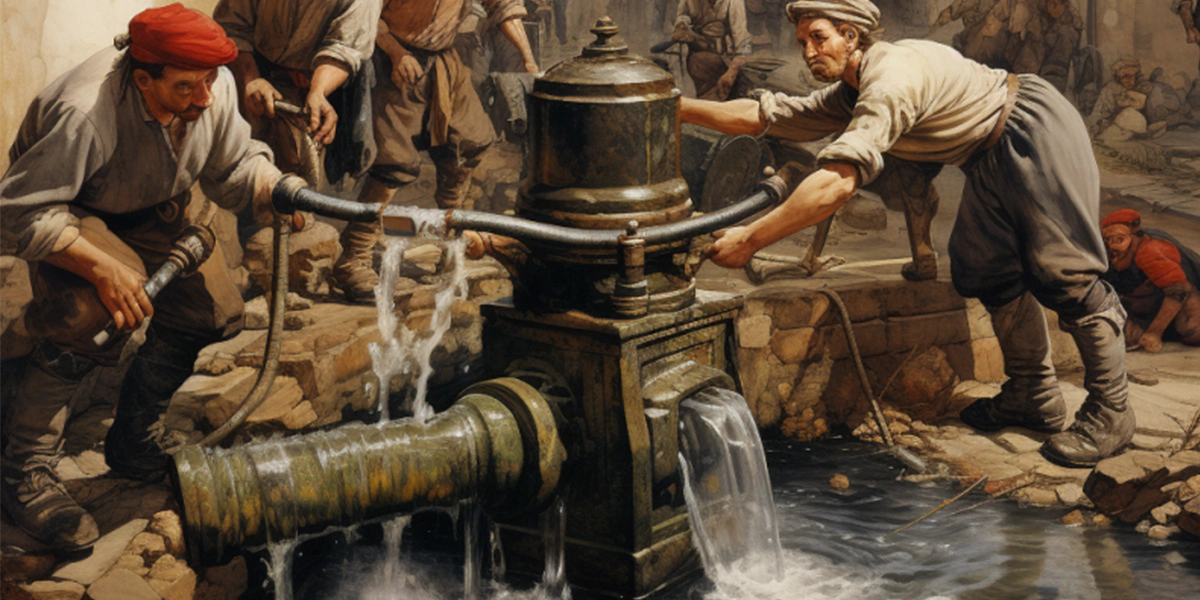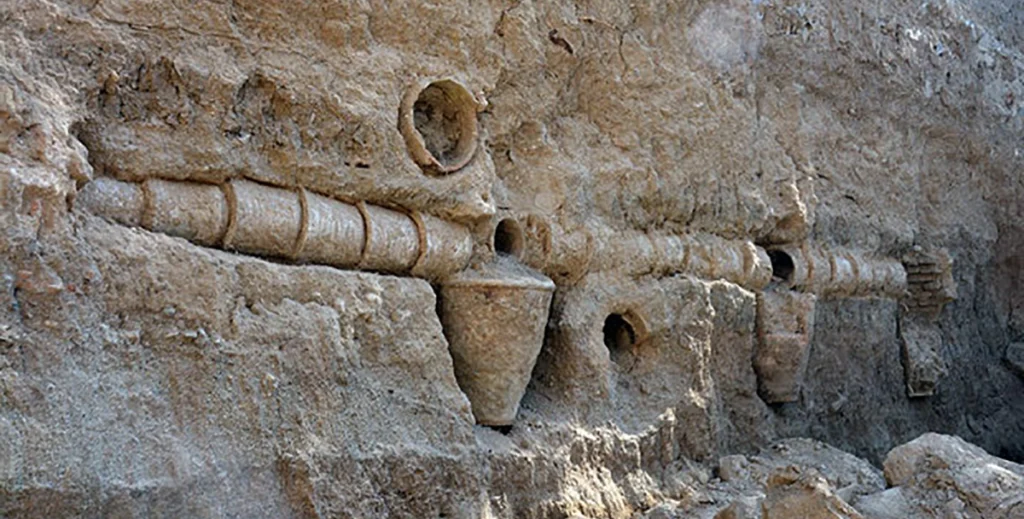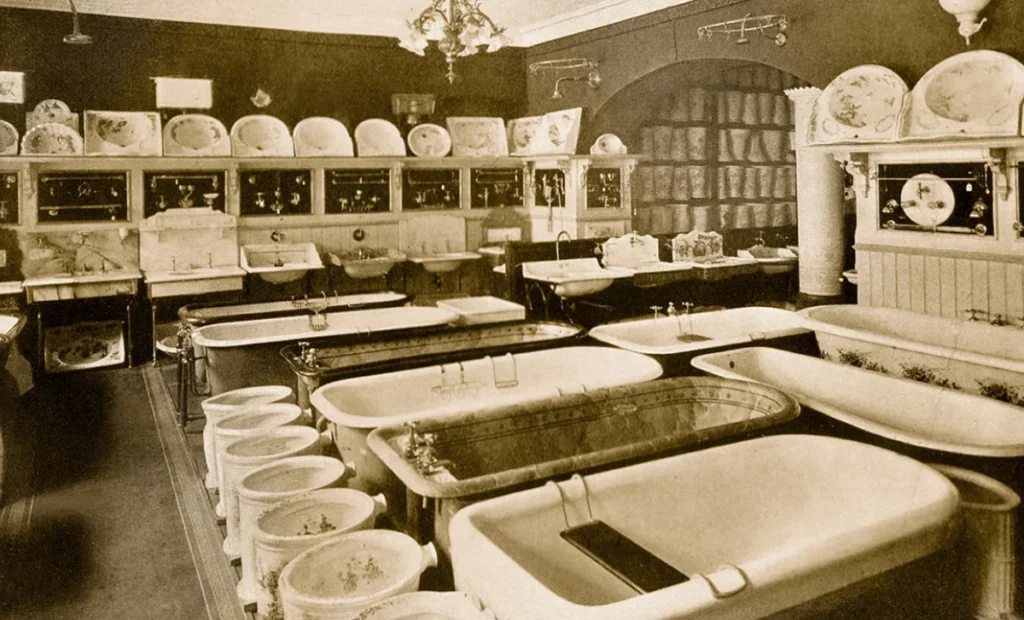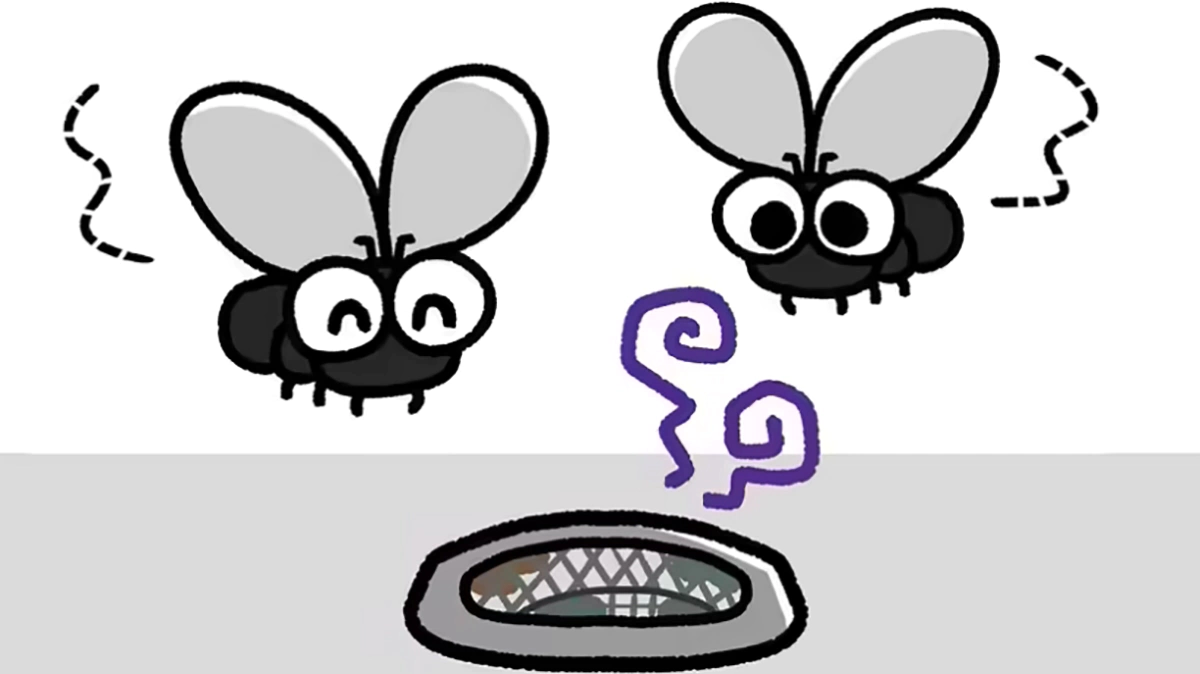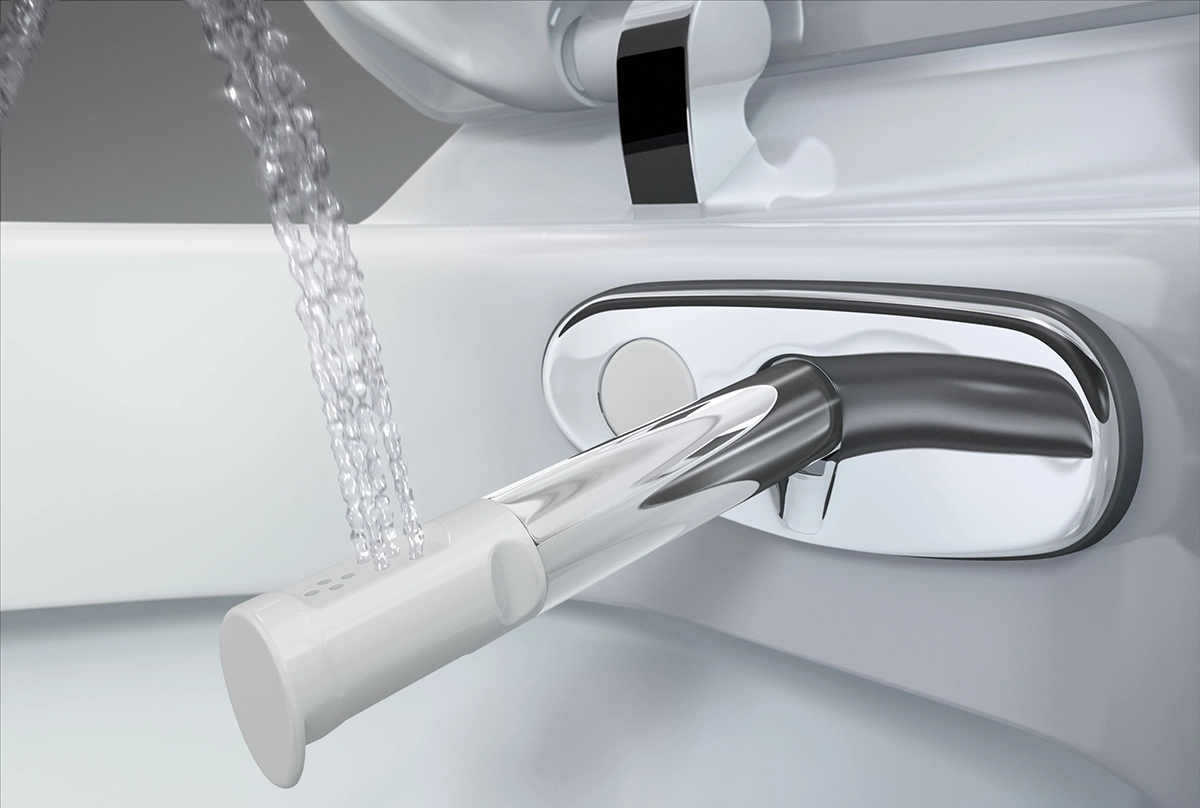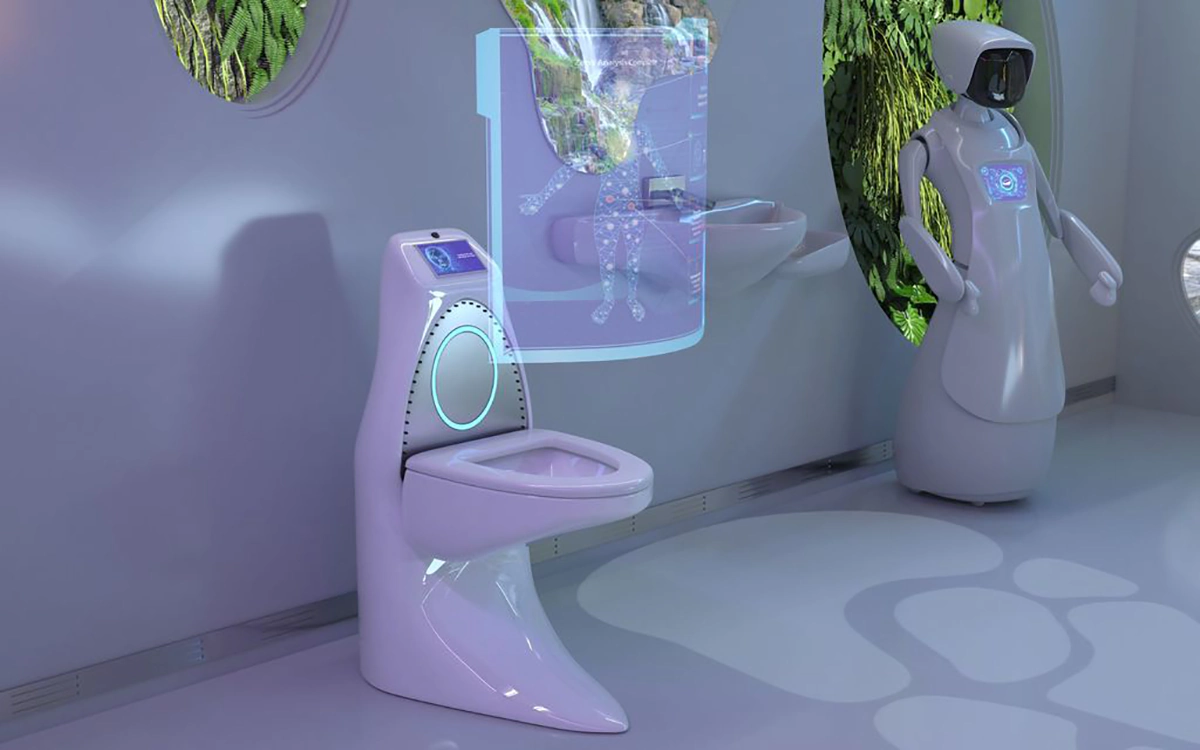A well-maintained septic tank is essential for the proper functioning of your home’s wastewater system. Regular maintenance not only extends the lifespan of your system but also helps prevent costly repairs and environmental hazards. Here are some key tips on how to properly maintain your septic tank.
1. Schedule Regular Inspections and Pumping
Septic tanks should be inspected by a professional every 1-3 years and pumped as needed, usually every 3-5 years. The frequency depends on several factors:
- Household size – More people generate more wastewater, increasing the need for frequent pumping.
- Tank size – A smaller tank fills up faster and may require more frequent maintenance.
- Water usage – High water consumption can overload the system, leading to inefficiencies.
- Solid waste accumulation – The more non-biodegradable waste that enters the system, the quicker it fills up.
A professional can check for signs of wear, leaks, and other issues that may require repairs.
2. Be Mindful of Water Usage
Excessive water use can overwhelm your septic system, causing premature failure. To reduce strain on your system:
- Fix leaks immediately – A dripping faucet or running toilet can waste gallons of water daily.
- Install water-efficient appliances – Low-flow toilets, showerheads, and washing machines can significantly reduce water usage.
- Spread out water usage – Instead of doing multiple loads of laundry in one day, spread them out throughout the week.
- Avoid long showers and excessive use of water at once – This helps prevent overloading the system.
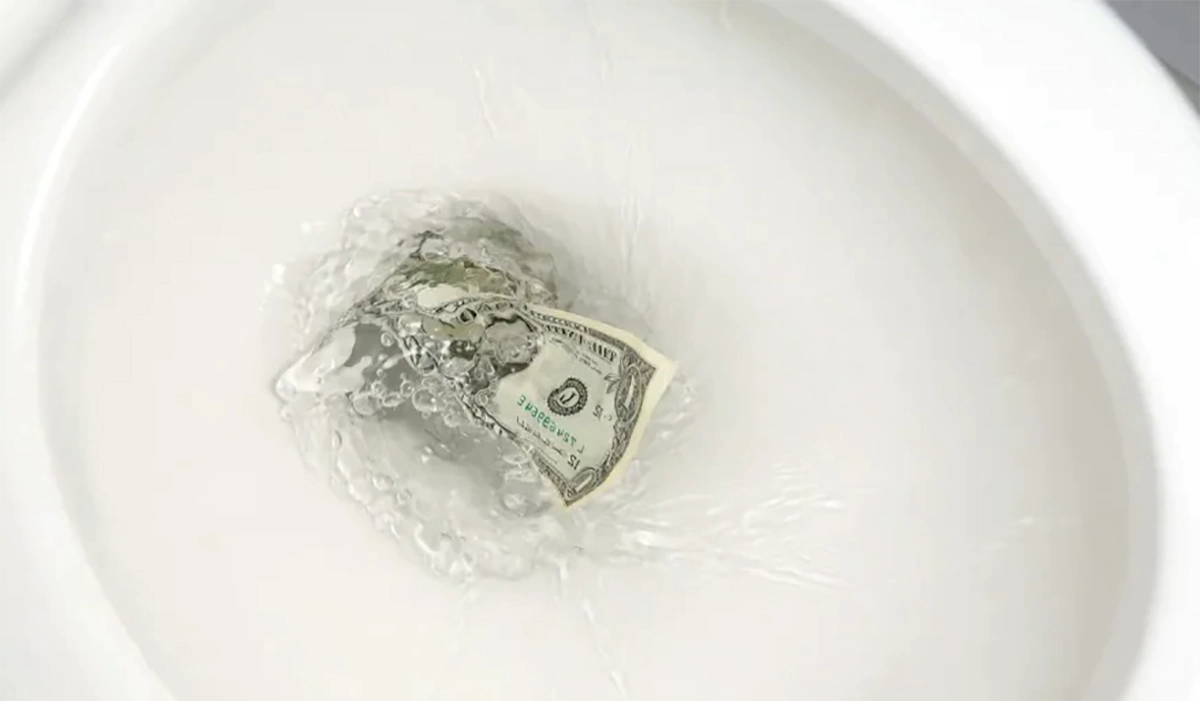
3. Watch What You Flush
Flushing inappropriate items can clog your septic system and lead to expensive repairs. Only flush:
- Human waste
- Septic-safe toilet paper
Avoid flushing:
- Wipes (even if labeled flushable)
- Feminine hygiene products
- Paper towels and tissues
- Cooking grease and fats
- Medications and harsh chemicals
These materials can cause blockages, kill beneficial bacteria, and lead to system failure.
4. Use Septic-Safe Products
Harsh chemicals can disrupt the balance of bacteria in your septic tank, making it less effective at breaking down waste. Opt for:
- Biodegradable, septic-safe household cleaners
- Natural alternatives like vinegar and baking soda for cleaning
- Non-toxic soaps and detergents
Avoid:
- Bleach and ammonia-based cleaners
- Antibacterial soaps, which can kill essential bacteria
- Drain cleaners, as they can damage pipes and disrupt the system

5. Maintain Your Drain Field
The drain field plays a crucial role in filtering wastewater before it reenters the environment. To keep it in good condition:
- Keep heavy objects off – Avoid parking cars, building structures, or placing heavy equipment on the drain field.
- Prevent tree root intrusion – Plant trees and shrubs far from the drain field to prevent roots from damaging pipes.
- Redirect rainwater – Ensure that gutters and landscaping direct excess water away from the drain field to prevent oversaturation.
- Avoid compacting the soil – Compacted soil can reduce the drain field’s ability to absorb water.
6. Avoid Using Additives
Many commercial septic additives claim to improve system function, but they can sometimes do more harm than good. Your tank already contains natural bacteria that break down waste effectively. Additives can:
- Disrupt the bacterial balance in your tank
- Cause solids to flow into the drain field, leading to blockages
- Waste money without providing real benefits
Stick to natural maintenance methods and regular pumping to keep your system healthy.
7. Address Issues Immediately
Ignoring early warning signs of septic system failure can result in major, costly repairs. Be on the lookout for:
- Slow drains – If sinks, tubs, or toilets drain slowly, your tank may be full or clogged.
- Gurgling sounds – Bubbling or gurgling noises in your plumbing could indicate an issue.
- Unpleasant odors – Foul smells inside or outside your home may signal a failing system.
- Standing water near the drain field – Puddles or soggy ground may mean your system is overwhelmed.
- Sewage backup – Wastewater backing up into your home is a severe issue that requires immediate professional attention.
If you notice any of these signs, contact a septic professional as soon as possible to avoid worsening the problem.

Conclusion
Proper septic tank maintenance is crucial to avoid system failures and expensive repairs. By following these best practices, you can ensure your system runs efficiently for years to come. Regular inspections, mindful water use, and proper waste disposal all contribute to a healthy and long-lasting septic system. Taking preventative measures now can save you time, money, and stress in the future.
FAQs
Septic tanks should typically be pumped every 3-5 years, but this depends on household size, tank capacity, and water usage. A professional inspection every 1-3 years can help determine the best schedule for your system.
Common signs include slow drains, gurgling pipes, unpleasant odors near the tank or drain field, standing water in the yard, and sewage backups in sinks or toilets.
Most experts advise against using chemical or bacterial additives. A properly maintained septic system naturally contains the bacteria needed to break down waste. Some additives can actually disrupt this balance and cause problems.
To keep your system functioning properly, avoid flushing:
• Wipes (even those labeled flushable)
• Feminine hygiene products
• Paper towels
• Cooking grease and fats
• Medications and harsh chemicals
• Cat litter or diapers
You can minimize water waste by:
• Fixing leaks promptly
• Using water-efficient appliances
• Spreading out laundry loads
• Taking shorter showers
• Avoiding excessive use of the garbage disposal
